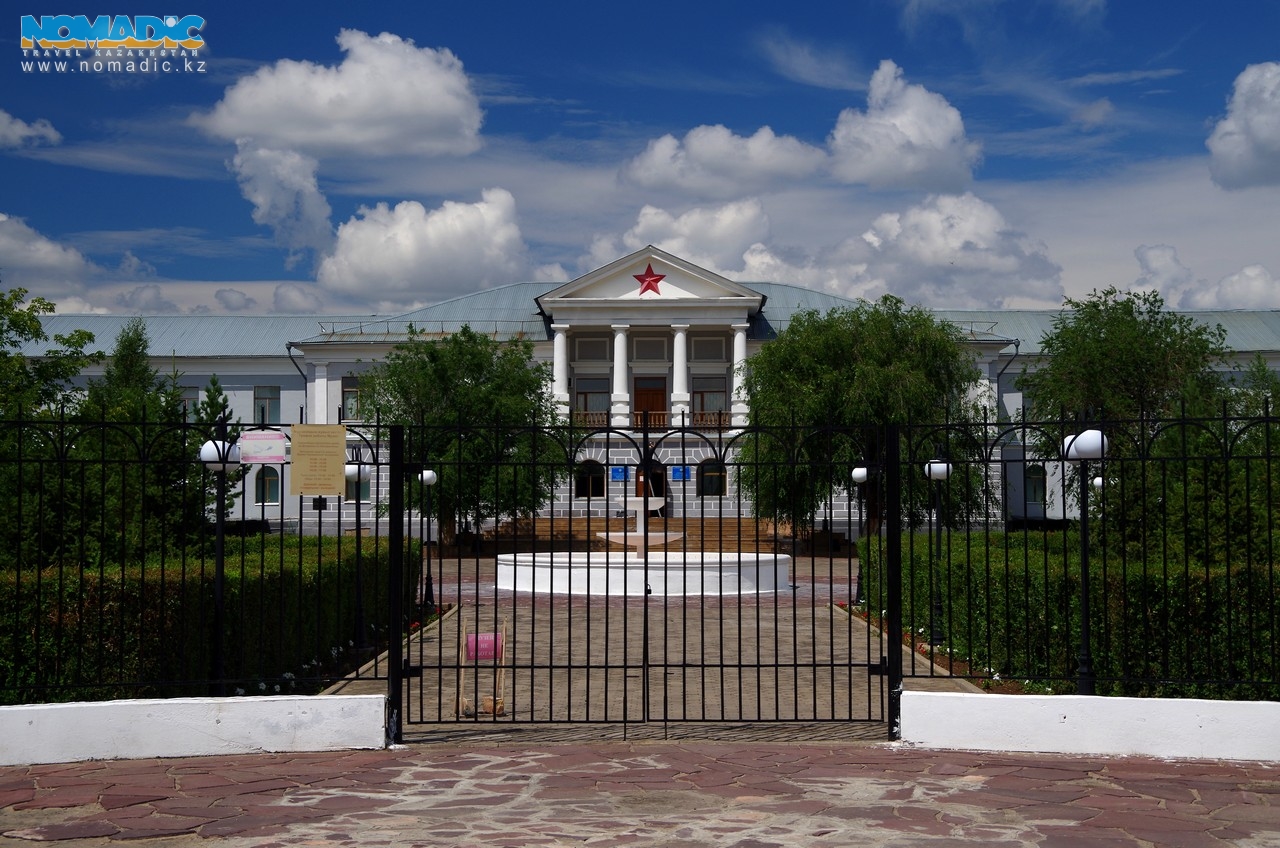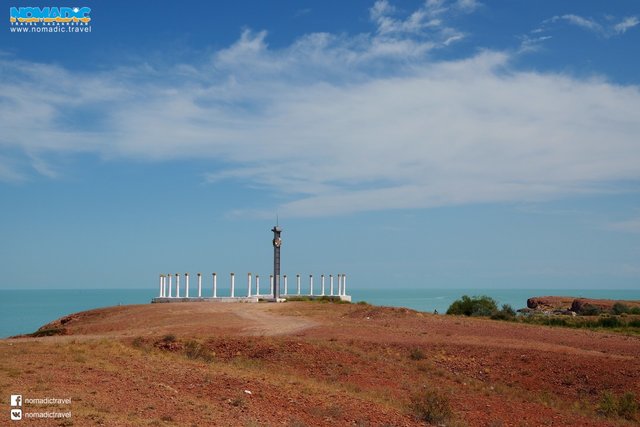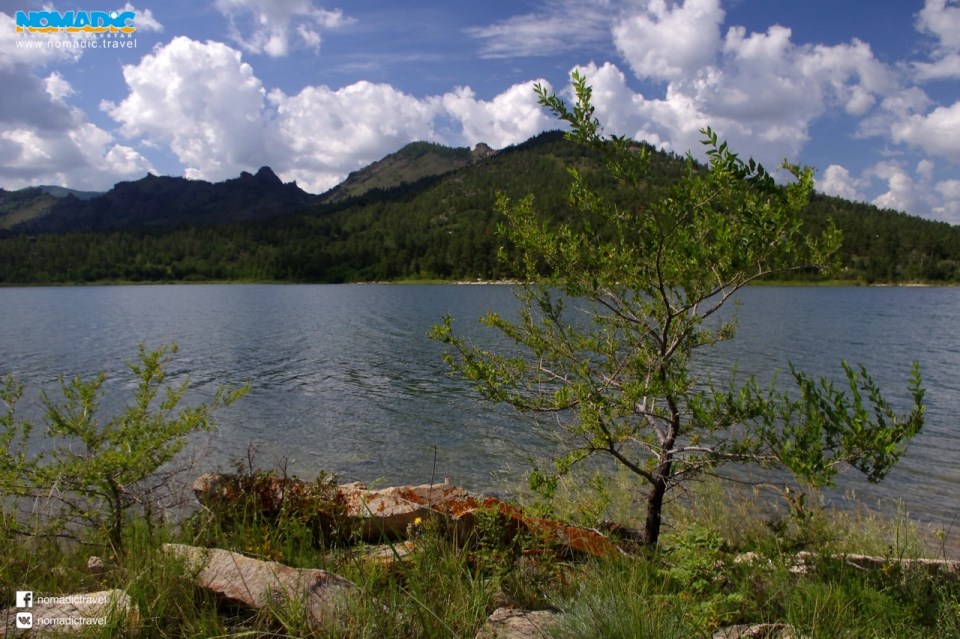East Kazakhstan lies at the very heart of Eurasia, bounded by the southern edge of the Kulundinskaya plain and the Rudniy Altai mountains in the north, the Alakol depression and the Tarbagatai range in the south, the eastern fringes of the Kazakh Melkosopochnik in the west, and the southern Altai and the Saur range in the east. Its capital is Ust-Kamenogorsk, rivalled only by the city of Semey, a major economic and cultural centre once the capital of the then Semipalatinsk oblast.
There are three notable features in the relief of East Kazakhstan: the Zaisan depression, the Kalbinskiy Range, and of course the Altai. In general the region is hilly towards the east and more mountainous towards the west. The highest mountain is the 4,506-meter Mount Belukha.
The principal river is the Irtysh (Yertis in Kazakh), which flows across the region from south-east to north-west. Tributaries of the Irtysh include the Bukhtarma, the Ulba, the Tainty, the Kaindy, the Uba, the Kurchum, and the Narym. The other main rivers, in the south, are restricted to the Balkhash-Alakol basin, and include the Bakanas, the Ayaguz, the Urdzhar and Emel. Lake Zaisan is one of the region’s biggest lakes; Lake Markakol one of its most picturesque.
East Kazakhstan is rich in flora and fauna, possessing some 90 per cent of the Republic’s timber resources.
The region has a long and important history. Although truly urban settlements did not exist here before the region’s incorporation into imperial Russia, nomads had been bringing their livestock here for many centuries before that. Among the remains of ancient civilizations to be found in East Kazakhstan are the Scythian burial mounds at Berel and the neolithic site at Ak-Baur, an arrangement of megaliths thought to have been designed as an observatory. The region is believed to have been the cradle of the Turkic nations; it is often referred to as the spiritual centre of Kazakhstan.
No less resonant of ancient and even mystical origins are the Altai mountains, the site, according to legend, of Shambala, the home of the gods. The Altai is one of the Republic’s most-visited tourist destinations. Other places to see are Katon-Karagai national park and the nature reserves in the western Altai and at Markakol. The Semipalatinsk nuclear testing area, now closed, is of great interest for those who are interested in Soviet heritage.





